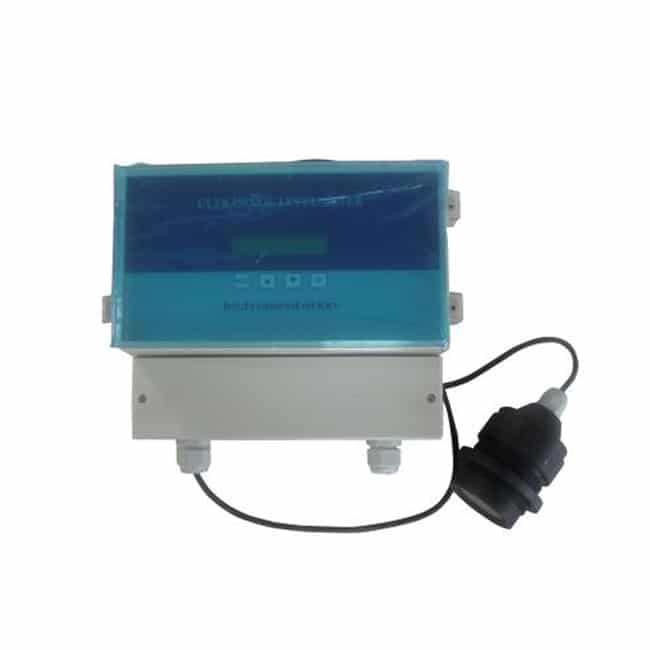Working principle of open channel flow meter
Open channel flow meters measure the level, flow rate and total volume of water flowing through weirs, flumes, channels and partially filled pipes. The flow meter uses a non-contact level sensor to detect the water level and then uses Manning’s equation and channel characteristics to calculate flow rate and volume. Area velocity flow sensors can be installed at the bottom of ditches, channels or culverts. They use ultrasonic pulses to measure the depth and velocity of the water to be able to calculate the flow rate (flow). These systems are very easy to install due to simpler installation and can save money based on the time it takes to install the flume or weir. Another benefit is that once the sensor is installed, the flow data is recorded into a digital file for future review or water use decisions.

Main Applications
- Wastewater / Effluent
- Storm water
- Agricultural irrigation
- Industrial Discharge
Open channel flowmeter features
- Low cost
- Little maintenance required as there are no moving parts/sensors not directly in the flow stream
- Unaffected by siltation, suspended matter, suspended grease
- Suitable for large pipelines, irrigation channels, rivers and large streams
Open channel flow meter products
MQ Ultrasonic Open Channel Flow Meter
More articles on flowmeters:
Ultrasonic flow meter working principle
Difference between flow meter and flow transmitter
Liquid flow meter
What is positive displacement flow meter?

